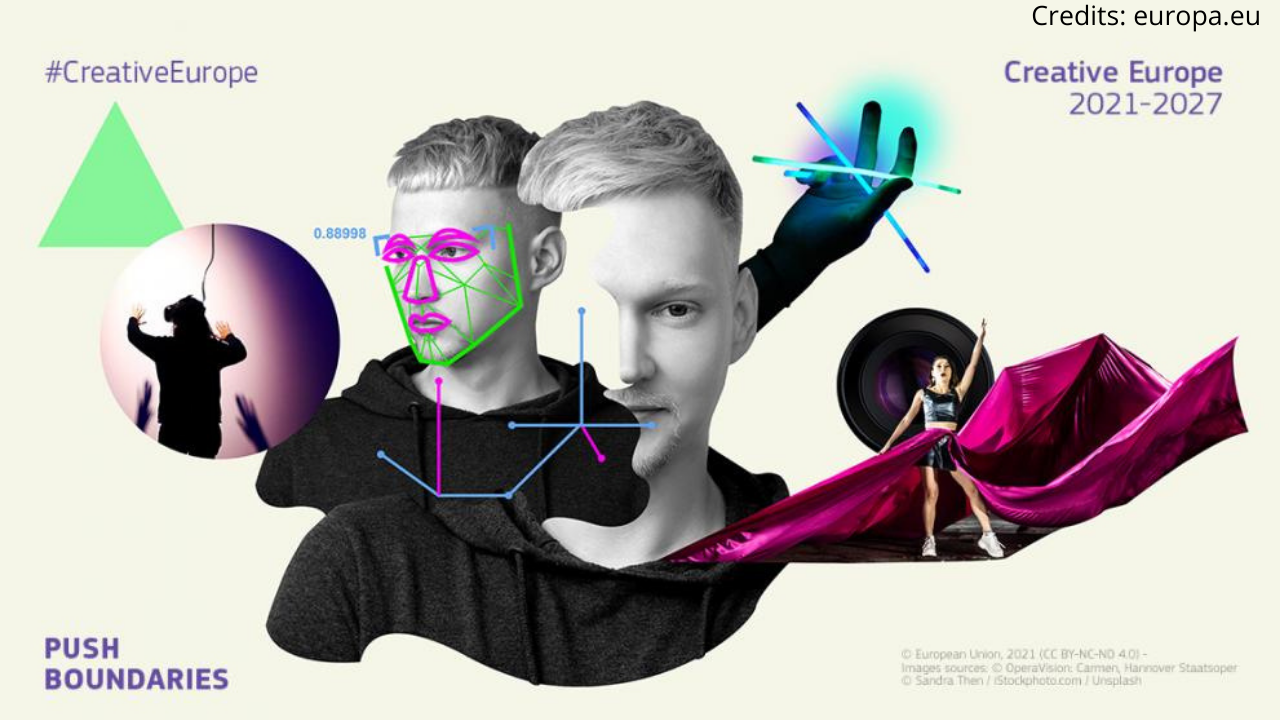The European Parliament has definitively adopted the new programming of Creative Europe (2021-2027), the call that will support the cultural sector.
In fact, for the next seven years the creative sector will be able to count on a budget of 2.44 billion euros to be invested in a perspective of inclusion, digitalization and ecological transaction. Creative Europe aims to enhance the value of European cultural productions in order to increase the competitiveness of the sector to promote sustainable economic growth. The program will be divided into three sections: Culture, MEDIA and Trans-sector. The MEDIA sector, with a call deadline as early as August, will receive the largest portion of the budget, amounting to 58% (1.4 billion). The cultural sector will receive 33% and the trans-sector 9%.
A fund of 300 million euros has been allocated for the first year of work, 25% more on the budget than in 2020. The Culture subprogram, in line with the objectives of the New European Agenda For Culture (2018) and the Council Work Plan for Culture (2019-2022), has five calls for 2021:
- European Cooperation Project, for the funding of small, medium and large transnational initiatives
- European Platforms, for the promotion of emerging artists
- European Networks, for networks of cultural and creative organizations
- Circulation of European Literary Works
- Pan-European Cultural Entities, for the growth and training of young talents.
The MEDIA section will see the publication of 13 calls for proposals:
- European co-development, for the funding of audiovisual projects for cinema, TV, digital platforms
- European Slate Development, for the development of a catalog of projects such as fiction, animation or documentaries
- European mini-state Development, for the development of catalogs of projects that must include between 2 and 3 audiovisual works
- TV and online content
- Fostering European media talents and skills, for the training of European operators
- Markets & Networking
- Innovative tools and business models
- Networks of European Cinemas
- European Festivals
- European VOD Networks and operators Films on the Move, for the distribution of non-national European films
- Audience development
Finally, the Trans-sector section that will fund two calls:
- Creative Innovation Lab, creative laboratories for the development of new tools to increase visibility and competitiveness of the cultural and creative sector
- NEWS, journalistic partnerships to promote literacy, freedom of the press and quality journalism.
For more information visit the website of the European Commission.

